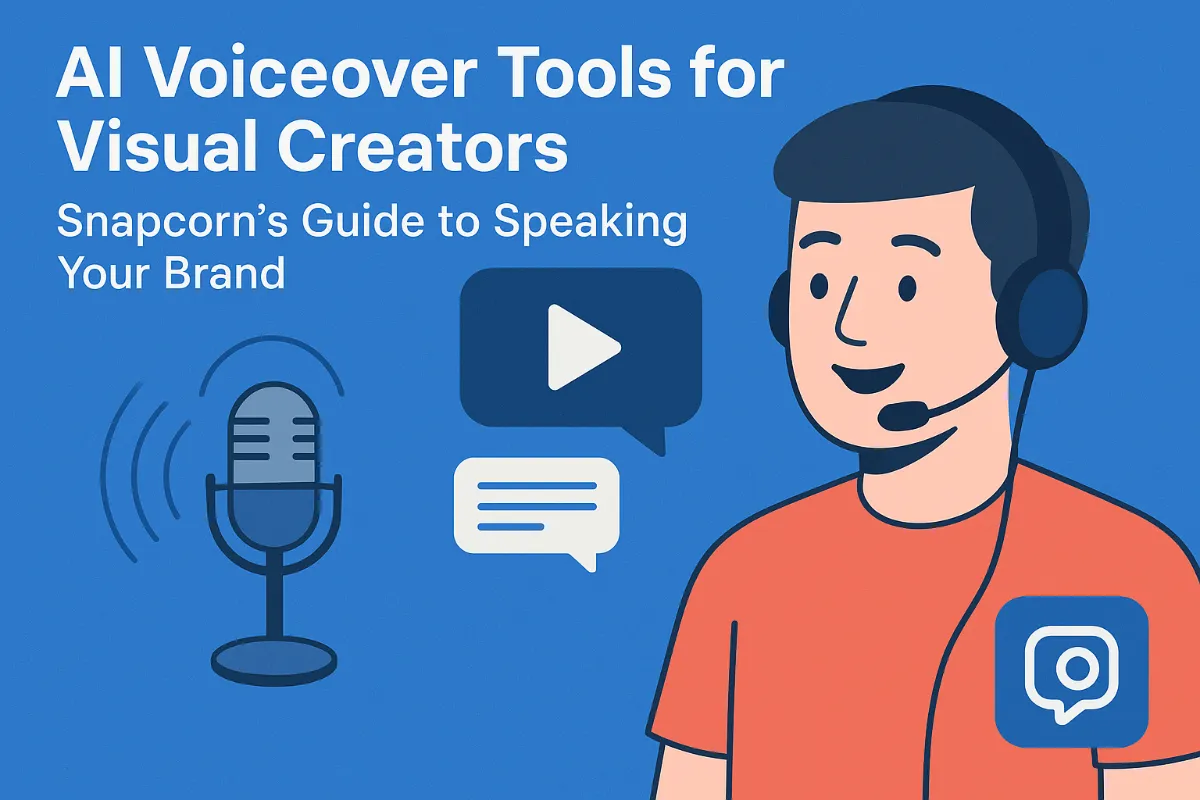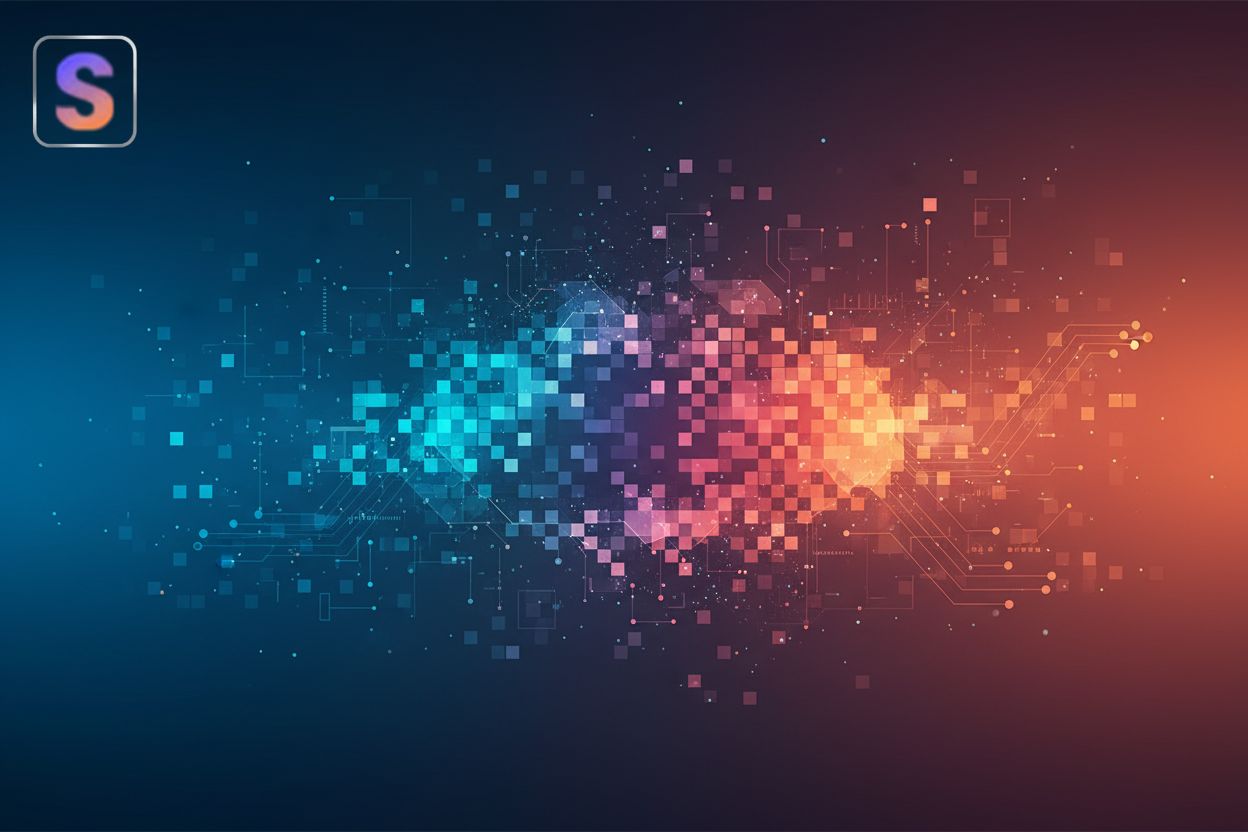Evaluating the Legitimacy of Image Upscaling Technologies
TL;DR
Understanding Image Upscaling: The Basics
Image upscaling, huh? It's kinda like giving your blurry photos a shot of espresso, but like...digital. Why do we need it, though?
Here's the gist:
- It's making low-res images bigger without turning them into a pixelated mess. Think CSI-level "enhance!" but, you know, real.
- There's the old-school way (math!) and the new hotness: ai. The old-school way typically involved interpolation, like bilinear or bicubic interpolation. These methods essentially guess the color of new pixels by averaging the colors of surrounding pixels. It's mathematical, but often leads to blurriness or jagged edges when you really push it. ai, on the other hand, uses complex algorithms, often neural networks, to predict what details should be there, leading to much more realistic results. (Magic Studio : Make beautiful images with AI)
- Photographers needs this cause cropping can loose quality, so upscaling can help regain it.
Next up: the difference between the good upscaling and the stuff that looks like a dog's breakfast.
How AI Image Upscaling Works
Ever wonder how your phone magically sharpens that blurry pic you took at the concert? It's not actually magic, sadly. It's ai, and here's a peek under the hood.
At its core, ai image upscaling uses neural networks. (Neural network Upscaling Tool) Think of it like a brain – but for pictures. These networks are trained on massive datasets of images, learning to recognize patterns and details. (What Is a Neural Network? | IBM) The ai then uses what it's learned to "guess" what's missing in low-resolution images and fill in the blanks.
Deep learning is the engine driving this process, allowing ai to analyze images at multiple levels of detail. So, it's not just making pixels bigger; it's actually trying to understand what the image should look like.
And, get this, the quality of the training data is super important. The better the data, the better the upscaling. It's like teaching a kid – you gotta show them the right stuff.
So, next time you upscale an image, remember it's all thanks to some seriously clever ai algorithms and a whole lotta training data. But, as lcamtuf notes, using ai upscaling too many times can degrade the image, so it's best to use it sparingly. This degradation can manifest as a loss of fine detail or the introduction of unnatural patterns.
Evaluating the 'Legitimacy' Factor: What to Look For
Okay, so you've upscaled an image, awesome! But how do you know if it actually looks good, and isn't just, well, a hot mess of digital artifacts? It's all about spotting the fakes.
Watch out for artifacts. These are those weird, unnatural details that pop up outta nowhere. Think of it like when your camera trys to smooth out skin too much, and suddenly everyone looks like they're made of plastic. You might see blocky patterns, strange color banding, or a general "digital noise" look that wasn't there before.
Over-sharpening is a big no-no. It can make edges look harsh and unnatural, almost like a bad cartoon. You want details, sure, but not if they scream "I've been artificially enhanced!" This often looks like halos around objects or a very gritty, grainy texture that doesn't feel organic.
Pay attention to textures. Does the upscaled image preserve the original feel of things? Like, does a brick wall still look like a brick wall, or does it just become a blurry, undefined...thing? 'Cause that's not good. The linked Diagram 2 might illustrate how textures can become overly smooth or unnaturally uniform after poor upscaling.
Basically, you're aiming for an upscaled image that feels real, not like some ai's fever dream, you know?
Practical Examples: Use Cases for Image Upscaling
Alright, so you're probably wondering, "Does this actually work?" Let's get real with some examples, cause seeing is believing, right?
Think about those old family photos that's all blurry. Upscaling can bring them back to life, so you can actually see your grandma's face instead of a pixelated blob. Imagine a grainy, indistinct face becoming clearer and more detailed.
E-commerce is a big one. Product photos gotta look sharp, or customers just ain't gonna buy. A good upscale can make your products pop, even if the original photo wasn't top-notch. Picture a slightly fuzzy product image becoming crisp and inviting.
Even in healthcare, ai upscaling is being used to enhance medical images (like x-rays). This can helps doctors see details that they might otherwise miss. Think of subtle anomalies in an x-ray becoming more apparent.
It's not perfect, but the difference can be quite noticeable, especially with the right tools.
When to Use (and Avoid) AI Upscaling
Okay, so ai upscaling is cool and all, but when should you actually use it? And when should you, like, back away slowly? It's not a magic bullet for every blurry pic, trust me.
Practical Usage Advice
- Use it as part of a workflow, not a fix-all. Upscaling should be one step in your editing process, not the only step. Think of it as seasoning, not the whole meal.
- Keep those originals! Always, always, always keep the original image for reference. So you can always go back if the upscaling goes haywire.
- Know the limits. ai ain't perfect. Sometimes, it just can't work miracles. Don't expect it to turn a potato into a masterpiece, ya know?
Ethical Considerations and Transparency
- Transparency in Image Manipulation is key. If you tweak an image, just say so! It's about buildin' trust, you know?
- Avoid Misleading Representations like in legal contexts. If you're using ai upscaling on evidence, you gotta be upfront about it. You can't, like, pass off an ai-enhanced image as the pure truth.
- Ethical Considerations is important, especially when AI starts "creating" details that weren't really there. Think about journalism – you don't want ai inventing stuff that changes the meaning of an image, right? It's about transparency, folks.
So, next up? We'll look at some best practices for keeping it real.
Conclusion: The Future of Image Upscaling
AI image upscaling: is it the future, or just a fad? Honestly, it's probably a bit of both, right?
- ai is gonna play an even bigger role, but it's not gonna replace photographers or editors anytime soon. It's more like a helpful assistant that can speed things up.
- Expect more ai tools integrated directly into cameras and editing software. Imagine real-time upscaling as you shoot. That'd be wild, huh?
- Remember, it's all about balance. ai upscaling is cool, but your eye is still the most important tool. Don't let the tech do all the thinking for you and consider where the image is going to be used. For instance, an image destined for a small web preview might tolerate more aggressive upscaling than one intended for a large print advertisement where every detail matters. The intended use case dictates the acceptable level of manipulation and the choice of upscaling method.






